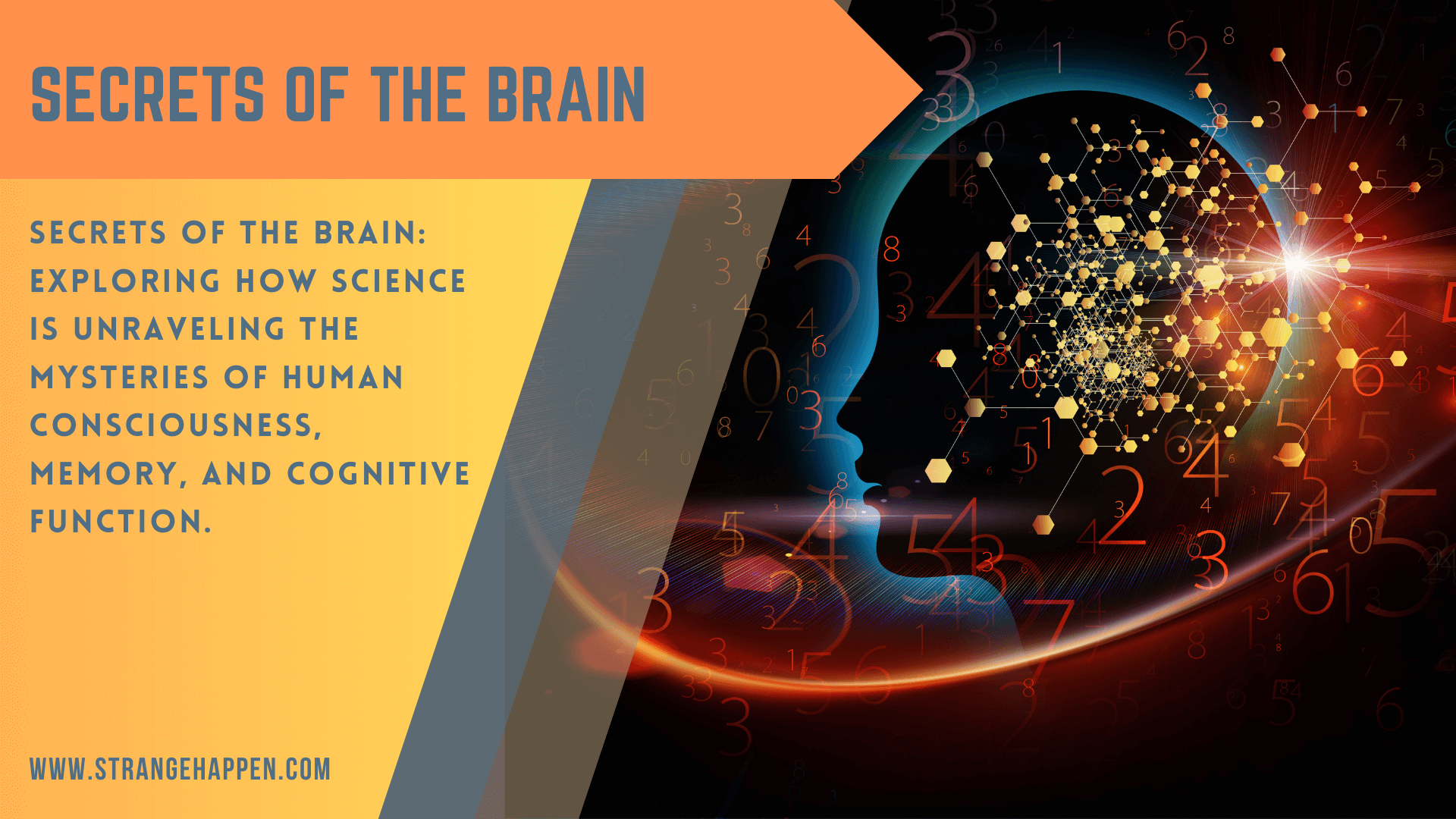Mindscape

Mindscape: Exploring the Secrets of the Human Mind
Mindscape: The human mind, frequently depicted as the most complicated structure in the known universe, has captivated researchers and scholars for quite a long time. Despite critical advances in neuroscience, brain research, and related fields, a considerable lot of the cerebrum’s secrets stay slippery. The journey to completely comprehend this many-sided organ has been full of difficulties, uncovering both the power and the limits of logical request.
Mindscape: The Intricacy of the Cerebrum
The human mind contains roughly 86 billion neurons, each associated with neurotransmitters communicating signals across an extraordinarily huge organization. These neurons are answerable for everything from essential engine capabilities to. The sheer intricacy of these associations makes it staggeringly challenging to plan the cerebrum’s exercises, not to mention comprehend them completely.
For a long time, researchers have utilized different instruments and procedures to concentrate on the cerebrum, from early physical examinations to present-day mind-boggling neuroimaging innovations like fMRI and PET sweeps. While these apparatuses have given mind boggling experiences into how various pieces of the cerebrum capability, they frequently miss the mark in making sense of the full picture.
Mindscape: The Issue of Awareness
Perhaps the most significant secret that science has attempted to disentangle is the idea of awareness. Notwithstanding its focal job in human experience, awareness remains one of the most un-figured out parts of the mind. How does the cerebrum produce abstract encounters? What is the connection between the actual cycles of the cerebrum and the cognizant psyche?
These inquiries have baffled researchers and scholars the same. While there are numerous hypotheses — going from the possibility that cognizance emerges from complex brain collaborations to the more questionable idea that it very well may be a central part of the universe — none have given a conclusive response. The “difficult issue of cognizance,” as it’s frequently called, keeps on being quite difficult for science.
Mindscape: The Limits of Technology
One more huge snag in opening the cerebrum’s secrets is the ongoing limits of innovation. Indeed, even with the most developed imaging strategies, we can catch depictions of cerebrum movement. These pictures give significant information, however they are a long way from having the option to uncover the mind’s perplexing functions progressively at the degree of individual neurons and their associations.
Also, the cerebrum’s pliancy — its capacity to change and adjust over the long run — adds one more layer of intricacy. Understanding how these progressions happen, how recollections are shaped and put away, and how learning shapes the cerebrum requires cutting-edge innovation as well as new hypothetical structures that can envelop the unique idea of the mind.
Mindscape: Moral Contemplations and Requirements
Concentrating on the human mind likewise accompanies critical moral difficulties. Investigating living human cerebrums presents clear moral worries, and keeping in mind that creature studies can give a few bits of knowledge, they can’t completely repeat the human experience. These moral imperatives limit the extent of examination that can be led, frequently compelling researchers to depend on aberrant strategies or computational models that might misrepresent the mind’s real essence.
Mindscape: The Fate of Cerebrum Exploration
Regardless of these difficulties, the quest for understanding the human mind keeps on driving logical exploration. Arising fields like neuroinformatics, which consolidates neuroscience with enormous information and computerized reasoning, offer new expectation in handling a portion of the mind’s secrets. Overwhelmingly of information and making more complex models, researchers mean to uncover designs that could have been missed with conventional methodologies.
Moreover, interdisciplinary coordinated efforts — uniting neuroscientists, analysts, architects, and even thinkers — are turning out to be progressively significant. These coordinated efforts can assist with crossing over the holes between various fields and give new points of view on age-old inquiries.
Conclusion
Mindscape, The human mind stays one of the best outskirts of logical investigation. While science has taken enormous steps in understanding different parts of mind capability, numerous secrets escape us. From the riddle of cognizance to the constraints of current innovation and moral contemplations, the excursion to completely open the privileged insights of the cerebrum is a demonstration of both the power and the restrictions of human request. The street ahead is testing, yet the expected prizes — more prominent bits of knowledge into the psyche, better medicines for neurological circumstances, and maybe even a more profound comprehension of being human — make it a pursuit worth proceeding.




